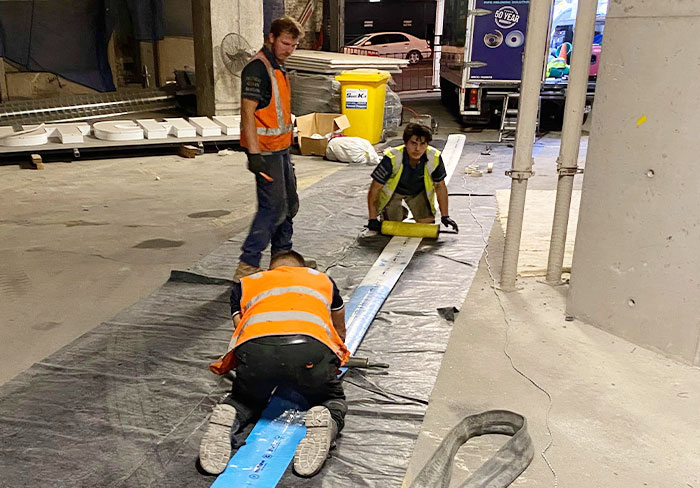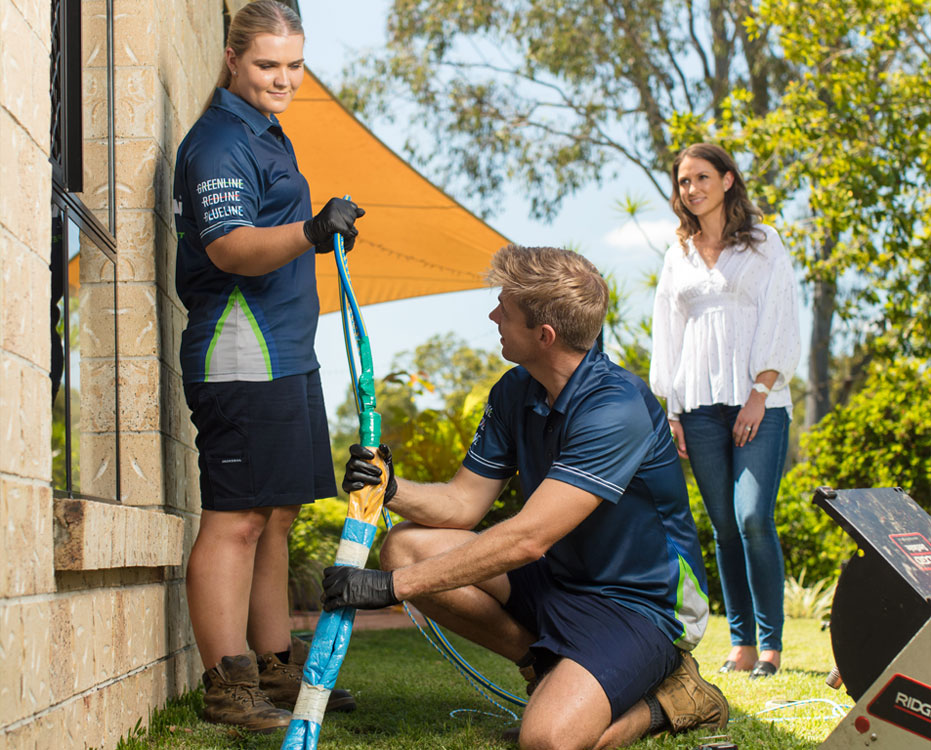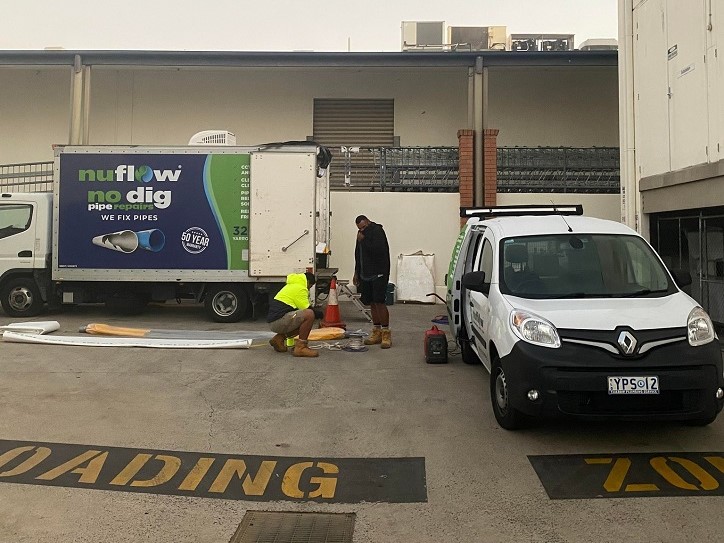Most of Brisbane’s sewerage pipes were installed five decades ago, with some inner-city pipes now more than a hundred years old. No wonder Nuflow Brisbane South is kept busy with sewer pipe repair …
If you lived in Brisbane before the 1880s, your home would have had a cesspit to collect the waste from your toilet. These loosely bricked holes were made without cement so that wastewater could seep out into the surrounding earth.
Alas, this lack of hygiene contributed to the city’s high infant mortality rate, so the ‘earth closet’ or thunderbox dunny was born (pardon the pun). While thunderboxes did save babies’ lives, they created a secondary problem – where to put the solid waste that was collected by ‘nightsoil’ men.
Suburban dumps sprang up around the city, in places like Milton and Pinkenba, but residents disliked the stench, so the waste was transported to St Helena Island instead!
Brisbane’s First Sewer Pipe
Construction on Brisbane’s first sewer pipe – which ran from Toowong to Luggage Point via North Quay, Fortitude Valley and Pinkenba – commenced in 1915.
Eight years later, the pipe opened and by 1930, Spring Hill, the City and East Brisbane were also connected.
The Golden Age of Sewerage
80% of Brisbane homes still had thunderboxes in the 1950s, although by this stage the waste was now being emptied into large barges, before being dumped in Moreton Bay.
The 1960s heralded the arrival of flushing toilets or ‘water closets’ in Brisbane homes, and suburban sewerage treatment plants popped up all over the city, thanks to Lord Mayor Clem Jones.
Construction then began on large sewerage and wastewater treatment plants at Luggage Point in 1973. The Commonwealth Government provided funding for municipal sewerage systems under the National Sewerage Program that ran between 1972 and 1977.
Advances in Technology
Brisbane City Council took advantage of new technology in the 1990s and introduced data and telemetry systems to control the wastewater and sewerage systems.
At the same time, a 2.4 metre diameter tunnel was constructed to house the S1 sewer pipe between Hamilton and North Quay.
S1 Main Sewer Upgrade
Did You Know? The S1 Main Sewer Pipe is located 20 metres underground. That’s the equivalent of 8 storeys!
By 2016, the S1 main sewer pipe was badly in need of some TLC. Trenchless technology was used to reline the concrete pipe with a composite steel-reinforced polyethylene liner. After six years, works were completed – and all without having to dig up any roads or disrupt traffic.
No Dig Technology
Trenchless technology has evolved, much like Brisbane’s sewerage system.
In 1998, Nuflow Canada were the first to develop the epoxy lining of pipes within homes; in 2000 the company patented the ‘sleeve within a sleeve’ method that revolutionised sewer pipe repair and replacement, and eliminated the need for digging and destruction.
Sewer Pipe Repair
If your sewer pipes have seen better days, we are the experts in ‘no dig’ technology in Brisbane. Repairs can be performed ‘in situ’ using existing access points, so there’s no need to dig up pipes or concrete slabs. Instead, a bladder is inserted into the pipe, inflated, and then cured in place to seal the pipe and make it even stronger than new!
Our products are specifically manufactured and assembled for Australian climates and infrastructure, with the ability to be adapted to your specific needs locally.
Whether you need help with residential, commercial, or industrial sewer pipe repair, we’ve been providing solutions across Brisbane south for nearly 20 years – contact us today on (07) 3277 8401.




